Nestled amidst the mighty Himalayas, Tibet stands as a beacon of ancient Tibetan culture, breathtaking landscapes, and spiritual enlightenment. Traveling to this mystical land is a dream for many adventurers, offering an experience unlike any other. In this comprehensive guide, we’ll delve into everything you need to know to embark on a transformative journey to Tibet.
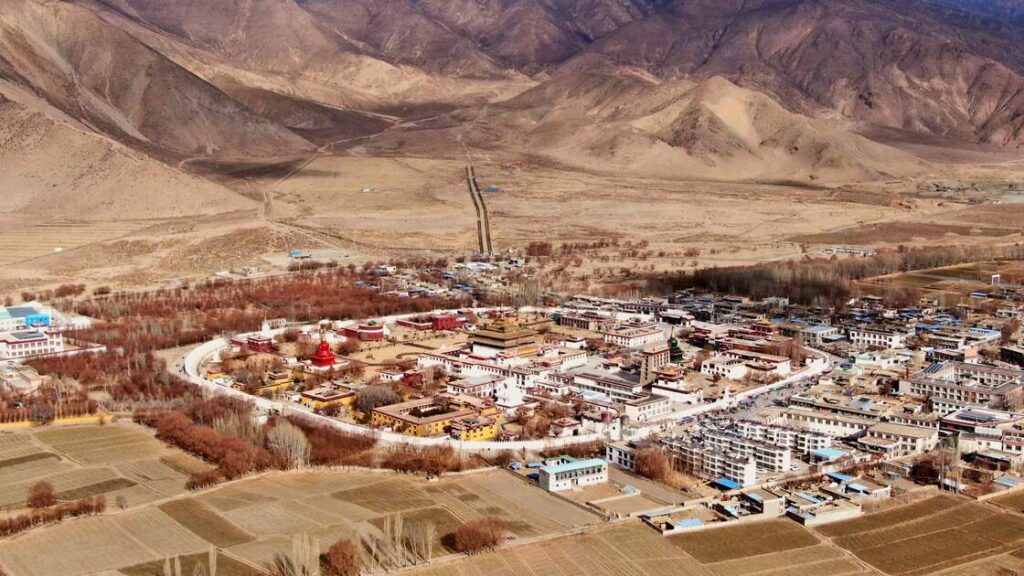
Understanding Tibet
Delving into the rich history and cultural significance of Tibet unveils a tapestry woven with spiritual traditions, unique customs, and a complex political landscape. For centuries, Tibet has been a bastion of Tibetan Buddhism, with monasteries and temples dotting the landscape and serving as centers of spiritual learning and practice. Tibetan Buddhism, deeply rooted in the teachings of the Buddha and other revered spiritual leaders, permeates every aspect of Tibetan life, from daily rituals to grand ceremonies.
Furthermore, Tibet’s cultural heritage extends beyond its religious practices to encompass a vibrant array of customs and traditions that have been passed down through generations. From the colorful festivals that celebrate the changing seasons to the intricate art forms like thangka painting and Tibetan opera, the cultural tapestry of Tibet is rich and diverse.
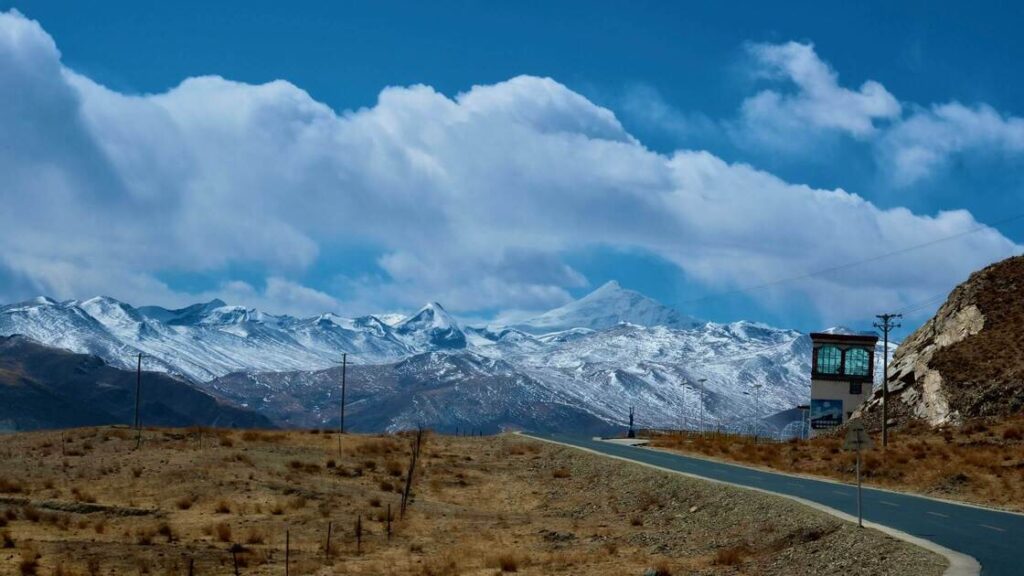

Understanding the geography of Tibet is crucial to comprehending its cultural and political landscape. Situated on the Tibetan Plateau, often referred to as the “Roof of the World,” Tibet boasts towering mountain peaks, including the legendary Mount Everest, as well as vast plateaus and fertile river valleys. The region’s geography has profoundly shaped its culture and way of life, influencing everything from traditional nomadic herding practices to the spiritual significance of sacred mountains and lakes.
When considering the best time to visit Tibet, several factors come into play. The weather varies significantly depending on the season, with harsh winters and mild summers being characteristic of the Tibetan climate. The months of April to October are generally considered the best time to visit, as the weather is milder, and many festivals take place during this period, offering visitors a unique opportunity to experience Tibetan culture firsthand. Additionally, accessibility is a crucial factor to consider, as travel restrictions and permit requirements may vary throughout the year, particularly for foreigners wishing to visit certain regions of Tibet.
Understanding Tibet requires a deep appreciation for its rich history, cultural traditions, and unique geography. By delving into these aspects, travelers can gain a deeper understanding of the region’s complexities and embark on a journey that transcends mere sightseeing, offering a transformative experience that lingers long after leaving the Roof of the World behind.
Planning Your Trip
When planning your trip to Tibet, it’s essential to consider the various entry points available, each offering its unique advantages and challenges.
Flights are often the most convenient option for travelers coming from distant locations. Gonggar Airport in Lhasa is the primary entry point for air travel, with direct flights connecting major Chinese cities such as Beijing, Shanghai, and Chengdu, as well as international destinations like Kathmandu, Nepal. However, flights to Tibet can be relatively expensive, and travelers should be prepared for the possibility of altitude sickness upon arrival due to the high elevation of Lhasa.
Alternatively, trains provide a scenic and relatively affordable way to reach Tibet. The Qinghai-Tibet Railway, often dubbed the “Sky Train,” offers breathtaking views of the Tibetan Plateau as it winds its way through rugged mountain landscapes. The journey from mainland China to Lhasa takes around 22 hours, with trains departing from cities such as Beijing, Shanghai, Chengdu, and Xining. Traveling by train allows for gradual acclimatization to the high altitude, reducing the risk of altitude sickness for some travelers.


For adventurous souls, overland routes offer a more immersive way to experience Tibet’s rugged terrain and remote communities. Travelers can enter Tibet from neighboring countries such as Nepal, India, and Bhutan, either by crossing the border overland or embarking on multi-day trekking expeditions. However, overland travel to Tibet often requires careful planning and obtaining the necessary permits and visas, as well as navigating challenging terrain and border crossings.
Once you’ve decided on your entry point, it’s time to explore the different regions of Tibet and highlight must-visit destinations. Lhasa, the capital city, is the cultural and spiritual heart of Tibet, home to iconic landmarks such as the Potala Palace, Jokhang Temple, and Barkhor Street. Other must-visit destinations include the sacred Mount Everest Base Camp, where travelers can witness the awe-inspiring beauty of the world’s highest peak up close, and the serene lakes of Namtso and Yamdrok, revered as sacred sites in Tibetan Buddhism.
Finally, obtaining the necessary permits and visas for traveling to Tibet is an essential step in planning your trip. Foreign travelers are required to obtain a Tibet Travel Permit (TTP) issued by the Tibet Tourism Bureau, which can only be obtained through authorized travel agencies in Tibet. Additionally, travelers planning to visit certain restricted areas, such as Everest Base Camp or the Mount Kailash region, may need to obtain an Alien’s Travel Permit (ATP) or Military Permit. It’s crucial to apply for these permits well in advance of your trip and work with a reputable travel agency to ensure compliance with all regulations and requirements.
Careful planning is key to a successful trip to Tibet, whether you choose to arrive by flight, train, or overland route. By considering the various entry points, exploring the diverse regions of Tibet, and obtaining the necessary permits and visas, you can embark on an unforgettable journey to the Roof of the World.


Accommodation and Transportation
Accommodation options in Tibet cater to a wide range of preferences and budgets, ensuring that travelers can find suitable lodging regardless of their preferences. From luxury hotels offering world-class amenities to budget guesthouses and traditional Tibetan homestays, there’s something for everyone.
Luxury hotels in major cities like Lhasa and Shigatse provide a comfortable and indulgent experience, often featuring spacious rooms, modern facilities, and stunning views of the surrounding landscapes. These hotels may also offer amenities such as fine dining restaurants, spa services, and organized tours to nearby attractions.
For travelers seeking a more immersive cultural experience, budget guesthouses, and traditional Tibetan homestays offer an opportunity to connect with local communities and learn about Tibetan customs and traditions firsthand. These accommodations are typically more modest in terms of facilities but provide a warm and welcoming atmosphere that allows travelers to experience Tibetan hospitality up close.
When it comes to transportation within Tibet, travelers have several options to choose from, each with its pros and cons. Buses are the most common mode of public transportation, offering a cost-effective way to travel between cities and towns in Tibet. While buses may be crowded and schedules may be less predictable, they provide an opportunity to interact with local passengers and enjoy the scenic views along the way.
Taxis are another convenient option for getting around Tibet, especially for shorter distances within cities. Taxis offer flexibility and convenience, allowing travelers to reach their destinations quickly and comfortably. However, fares can be relatively expensive compared to other modes of transportation, especially for longer journeys.
For those looking to explore Tibet at their own pace, renting a vehicle is a popular choice. Rental agencies in major cities like Lhasa offer a range of vehicles, including cars, jeeps, and motorcycles, allowing travelers to venture off the beaten path and explore remote areas of Tibet independently. However, driving in Tibet can be challenging, especially for those unfamiliar with the terrain and road conditions, so it’s essential to exercise caution and drive defensively.
Traveling at high altitudes presents unique challenges that travelers need to be aware of to ensure a safe and enjoyable experience. Acute Mountain Sickness (AMS) is a common concern when traveling to Tibet, as the high altitude can cause symptoms such as headache, dizziness, and nausea. To acclimatize effectively, travelers should take it slow upon arrival, allowing their bodies time to adjust to the altitude gradually. Drinking plenty of water, avoiding strenuous activity, and getting plenty of rest can also help alleviate symptoms and prevent altitude-related illnesses.
Navigating accommodation and transportation options in Tibet requires careful consideration of individual preferences, budget constraints, and travel priorities. By choosing the accommodation and transportation options that best suit your needs and taking proactive measures to acclimatize effectively, you can make the most of your journey to the Roof of the World.
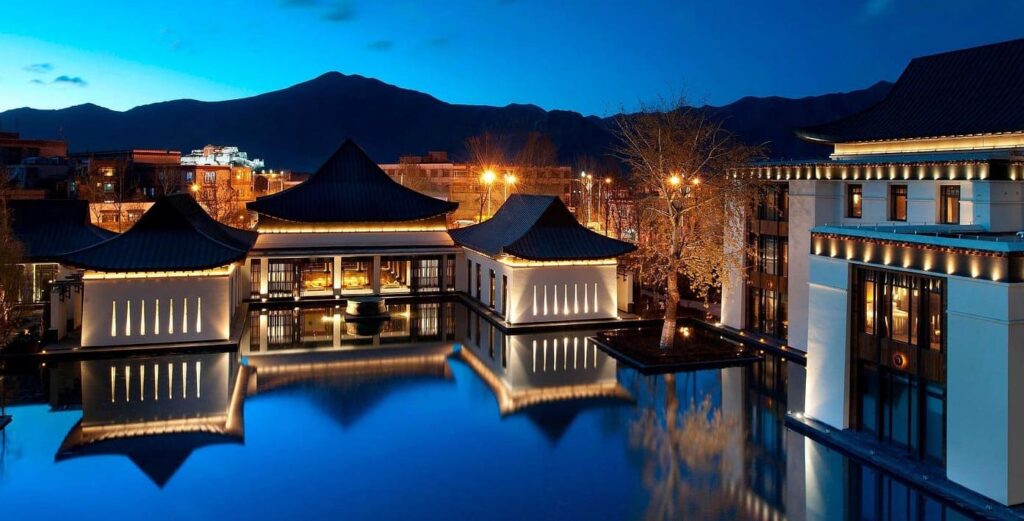

Immersing Yourself in Tibetan Culture
Immersing yourself in Tibetan culture offers a profound and enriching experience that goes beyond mere sightseeing. It allows you to connect with the essence of Tibetan identity and spirituality, forging meaningful connections with the local community and gaining a deeper understanding of their way of life.
Tibetan culture is vibrant and diverse, expressed through colorful festivals, traditional music and dance, and intricate art forms. Tibet Festivals such as Losar (Tibetan New Year), Saga Dawa, and Shoton Festival are celebrated with great zeal and enthusiasm, featuring lively processions, masked dances, and elaborate rituals that offer insight into Tibetan beliefs and traditions. Traditional music and dance play a central role in Tibetan culture, with performances often accompanied by traditional instruments like the dramyin, Piwang, and Damaru. These art forms serve as a means of cultural expression and storytelling, preserving ancient customs and beliefs for future generations.
Respecting local customs and traditions is essential when immersing yourself in Tibetan culture. This includes adhering to etiquette when visiting monasteries, temples, and other sacred sites. Visitors should dress modestly, remove their shoes before entering religious buildings, and refrain from taking photographs or engaging in disruptive behavior. It’s also important to show respect for Tibetan customs and beliefs, such as avoiding sensitive topics like politics and religion in conversation and refraining from behaviors that may be considered disrespectful, such as pointing at religious objects or touching sacred artifacts without permission.
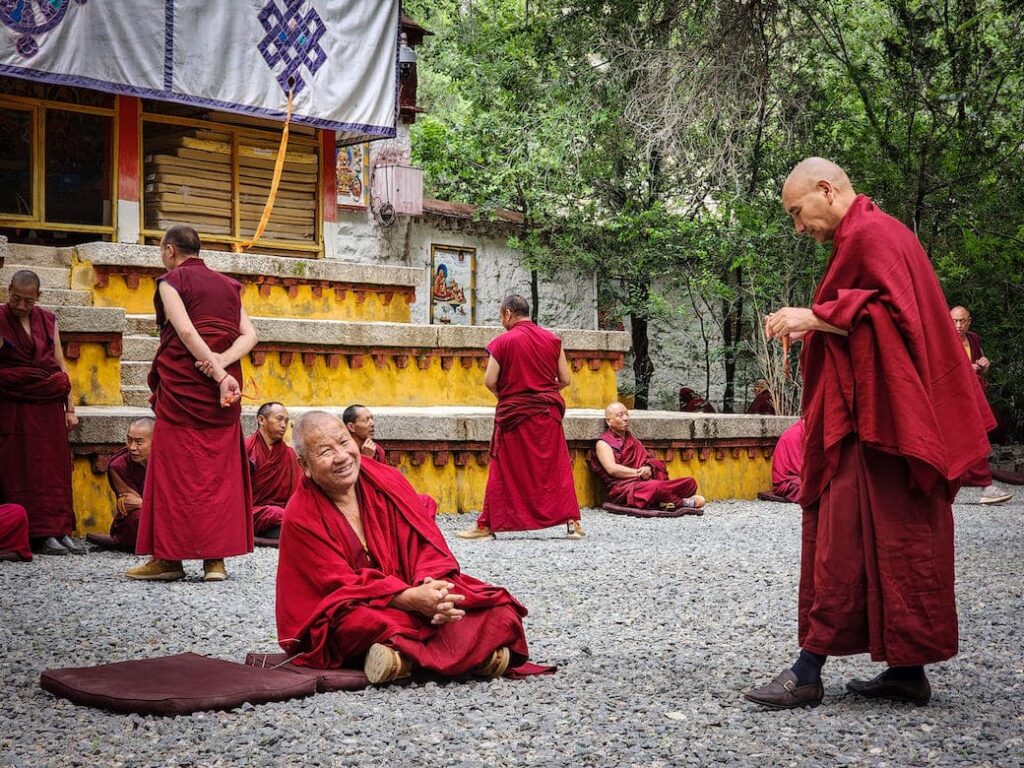

To truly immerse yourself in Tibetan culture, consider participating in meaningful cultural experiences that offer a deeper connection to the local community. This could involve attending a puja ceremony, where you can witness monks chanting prayers and performing rituals to invoke blessings and purify negative energies. Alternatively, you may choose to embark on a meditation retreat led by Tibetan monks, offering an opportunity to delve into the practice of mindfulness and cultivate inner peace and spiritual growth. These experiences provide a unique insight into Tibetan spirituality and offer a chance to connect with the profound wisdom and compassion of Tibetan Buddhism.
Immersing yourself in Tibetan culture offers a transformative journey of self-discovery and enlightenment. By exploring the vibrant festivals, traditions, and art forms of Tibet, respecting local customs and traditions, and participating in meaningful cultural experiences, you can gain a deeper appreciation for the rich tapestry of Tibetan identity and spirituality. So open your heart, embrace the beauty of Tibetan culture, and embark on a journey of exploration and discovery that will stay with you for a lifetime.
Exploring Nature’s Wonders
Exploring nature’s wonders in Tibet unveils a breathtaking landscape that captivates the soul and ignites the spirit of adventure. From towering snow-capped mountains to pristine lakes, lush valleys, and ancient forests, Tibet’s natural beauty is unparalleled.
The snow-capped peaks of the Himalayas dominate Tibet’s skyline, including the legendary Mount Everest, the world’s highest mountain. Travelers flock to Everest Base Camp to witness the awe-inspiring sight of the towering summit and to embark on treks to nearby peaks such as Cho Oyu and Shishapangma. Other notable mountain ranges in Tibet include the Gangdise and Nyenchen Tanglha ranges, which offer stunning vistas and challenging trekking opportunities.


Tibet’s pristine lakes are another highlight of its natural landscape, offering serenity and tranquility amidst the rugged terrain. Namtso Lake, known as the “Heavenly Lake,” is one of Tibet’s most sacred bodies of water, revered for its crystal-clear waters and panoramic views of the surrounding mountains. Yamdrok Lake, with its turquoise waters and dramatic mountain backdrop, is another popular destination for travelers seeking to immerse themselves in Tibet’s natural beauty.
In addition to its mountains and lakes, Tibet is home to lush valleys and ancient forests teeming with biodiversity. The Yarlung Tsangpo Grand Canyon, often referred to as the “Tibetan Grand Canyon,” is one of the world’s deepest and most spectacular river canyons, offering stunning vistas of towering cliffs, cascading waterfalls, and verdant forests. The forests of eastern Tibet are home to a diverse array of flora and fauna, including rare species such as the Tibetan antelope, snow leopard, and black-necked crane.
Trekking and hiking opportunities abound in Tibet, offering travelers a chance to explore its rugged terrain and remote wilderness areas. Popular trekking routes include the Ganden-Samye Trek, a challenging journey that takes travelers through alpine meadows, high mountain passes, and ancient monasteries, and the Kora around Mount Kailash, a sacred pilgrimage route that circumambulates the holy mountain. These treks offer a unique opportunity to immerse oneself in Tibet’s natural beauty and spiritual heritage while challenging the body and mind.
However, with the increasing influx of tourists, responsible tourism and conservation efforts are more important than ever to protect Tibet’s fragile ecosystems and endangered wildlife. Travelers can contribute to conservation efforts by minimizing their environmental impact, respecting wildlife habitats, and supporting local conservation initiatives. Additionally, choosing eco-friendly accommodation, participating in sustainable tourism activities, and advocating for responsible tourism practices can help preserve Tibet’s natural wonders for future generations to enjoy.
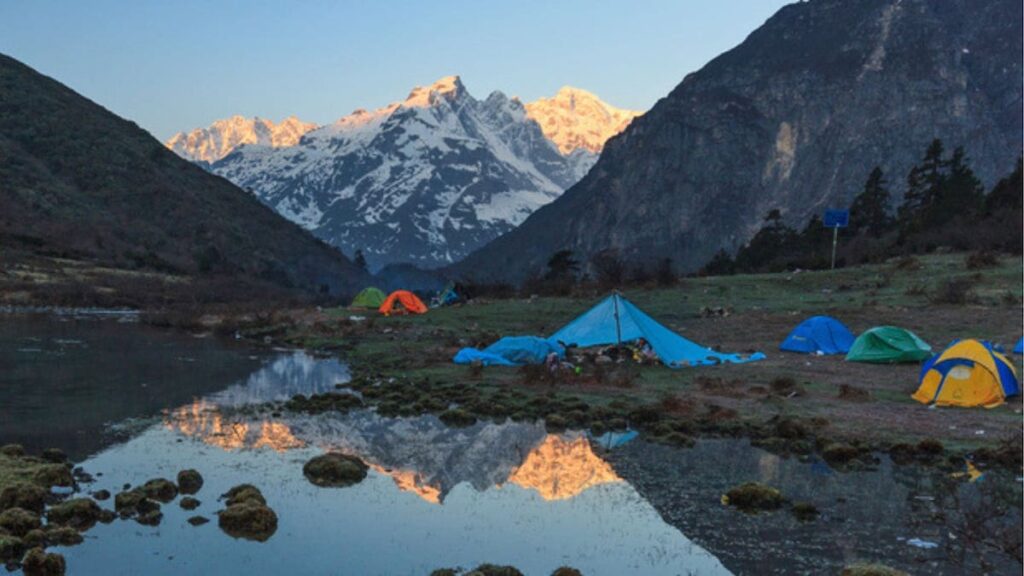

Exploring nature’s wonders in Tibet is a transformative journey that awakens the senses and nourishes the soul. By immersing oneself in Tibet’s awe-inspiring landscapes, embracing responsible tourism practices, and supporting conservation efforts, travelers can experience the beauty and majesty of the Roof of the World while ensuring its preservation for generations to come.
Nourishing the Body and Soul
Nourishing the body and soul in Tibet involves indulging in its diverse culinary delights, experiencing traditional healing practices, and embarking on spiritual journeys to sacred pilgrimage sites.
Tibetan cuisine is a reflection of the region’s rugged landscape and cultural heritage, featuring hearty staples and unique flavors. Yak meat, a Tibetan delicacy, is often enjoyed in various dishes, from stir-fries to stews, providing nourishment and sustenance in the harsh mountain environment. Momos, Tibetan dumplings filled with meat or vegetables and served with dipping sauces, are another culinary highlight, offering a taste of comfort and tradition. Butter tea, a savory beverage made from yak butter, tea leaves, and salt, is a staple of Tibetan culture, providing warmth and energy to travelers and locals alike. Tsampa, roasted barley flour mixed with butter tea or milk, is a nutritious and filling staple food that has sustained Tibetans for centuries.
In addition to indulging in Tibetan cuisine, travelers can experience traditional healing practices that rejuvenate the body and mind. Tibetan medicine, an ancient system of healing rooted in Buddhist philosophy and traditional herbal remedies, offers holistic treatments for a wide range of ailments, from physical injuries to mental health issues. Hot spring therapy, known as Tsachu in Tibetan, involves soaking in natural hot springs believed to possess healing properties that promote relaxation, detoxification, and overall well-being. These traditional healing practices provide a holistic approach to health and wellness, aligning with Tibetan beliefs in the interconnectedness of body, mind, and spirit.


Furthermore, spiritual pilgrimage sites hold profound significance in Tibetan culture, serving as sacred destinations for pilgrims and travelers seeking enlightenment and transformation. Mount Kailash, revered as the holiest mountain in Tibetan Buddhism, Hinduism, Jainism, and Bon religion, draws pilgrims from around the world who undertake the arduous Kora, a circumambulation ritual believed to cleanse sins and attain spiritual merit.
The Jokhang Temple in Lhasa considered the most sacred temple in Tibet, is a center of pilgrimage and devotion, housing precious religious artifacts and serving as a focal point for spiritual practice and worship. These pilgrimage sites offer a transformative journey of self-discovery and spiritual awakening, inspiring pilgrims and travelers alike to deepen their connection to the divine and cultivate inner peace and wisdom.
Nourishing the body and soul in Tibet involves savoring its culinary delights, experiencing traditional healing practices, and embarking on spiritual journeys to sacred pilgrimage sites. By embracing the richness of Tibetan culture and immersing oneself in its ancient traditions, travelers can embark on a transformative journey of self-discovery and spiritual awakening that leaves a lasting imprint on the body, mind, and soul.


Conclusion
Embarking on a journey to Tibet is more than just a physical adventure; it’s a spiritual odyssey that has the power to transform your perspective on life. By immersing yourself in the rich tapestry of Tibetan culture, exploring its majestic landscapes, and connecting with its warm-hearted people, you’ll discover a deeper sense of meaning and purpose that will stay with you long after you’ve left the Roof of the World behind. So pack your bags, open your heart, and prepare for the journey of a lifetime. Tibet awaits, ready to unveil its secrets and stir your soul.
